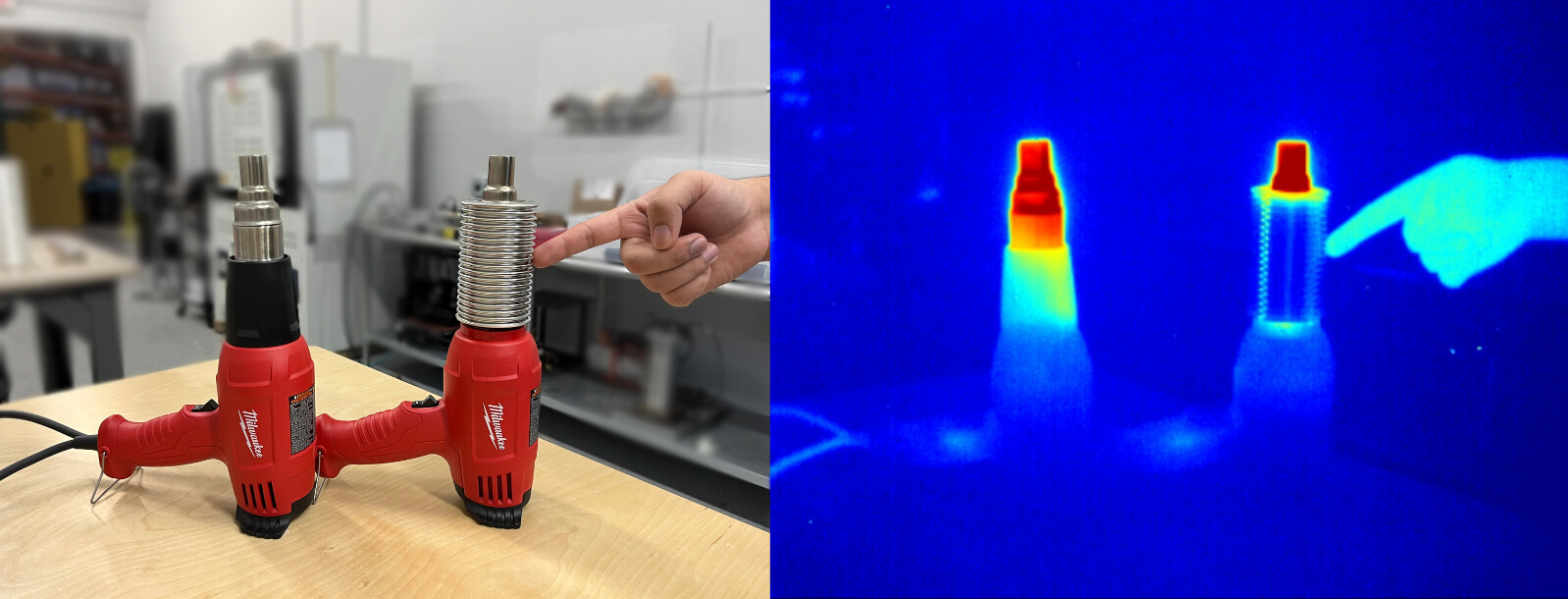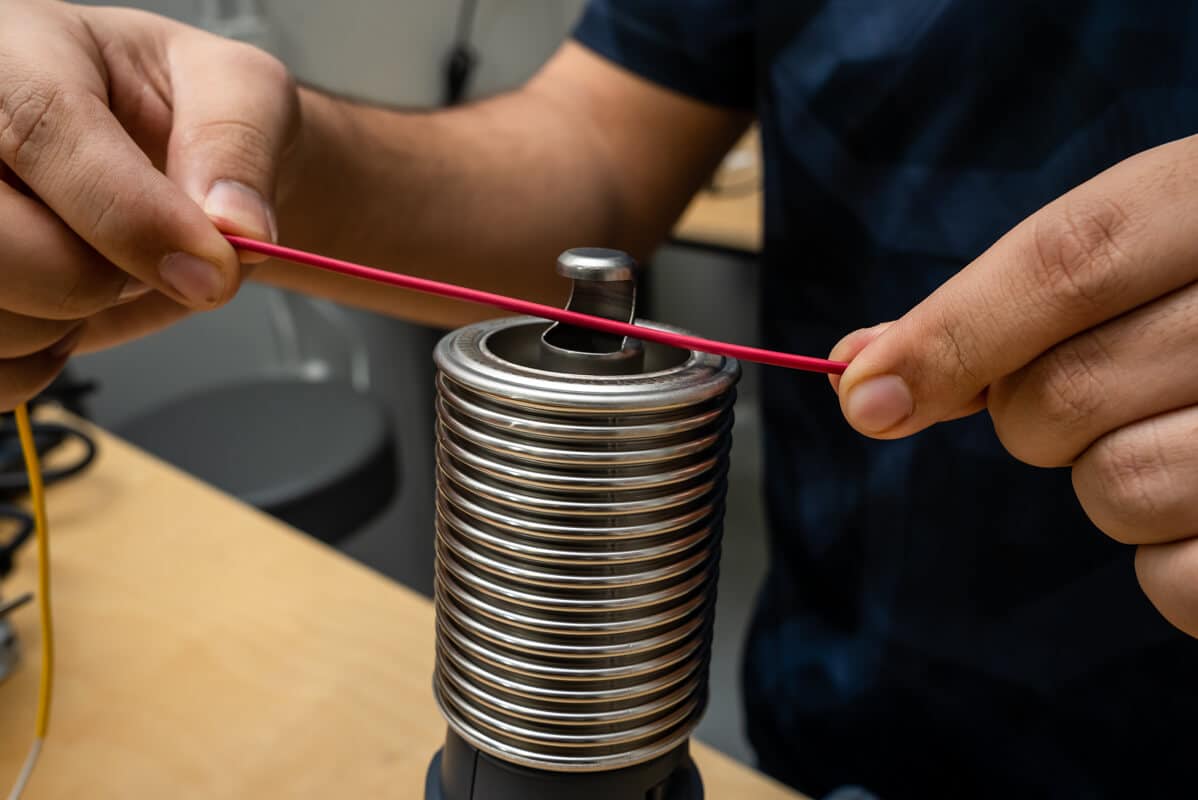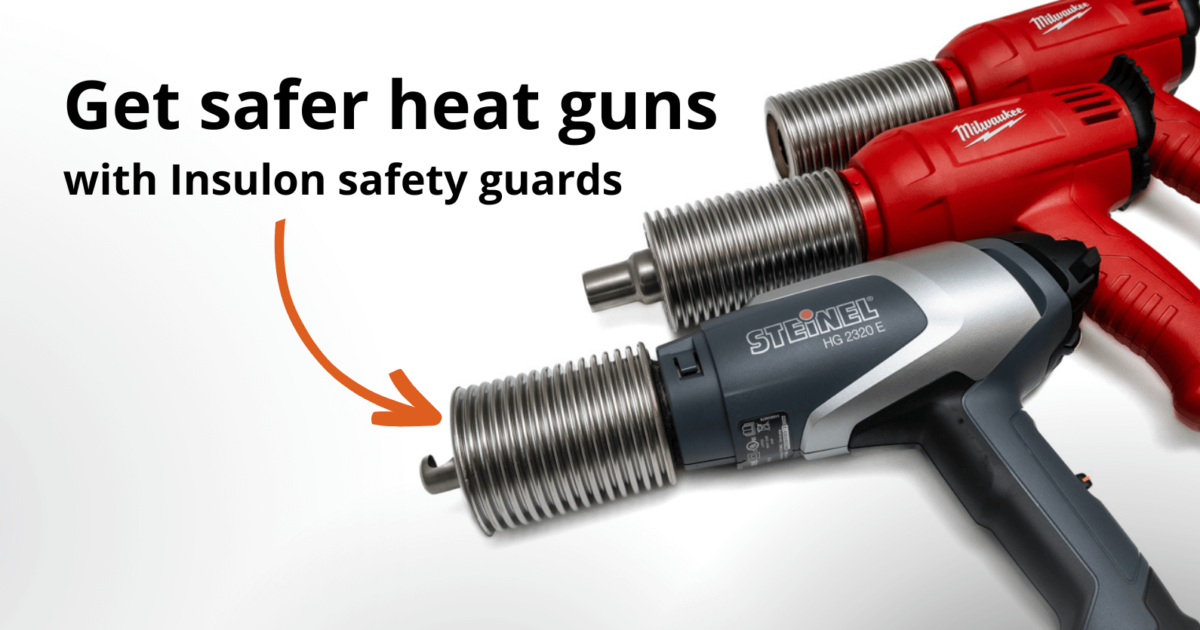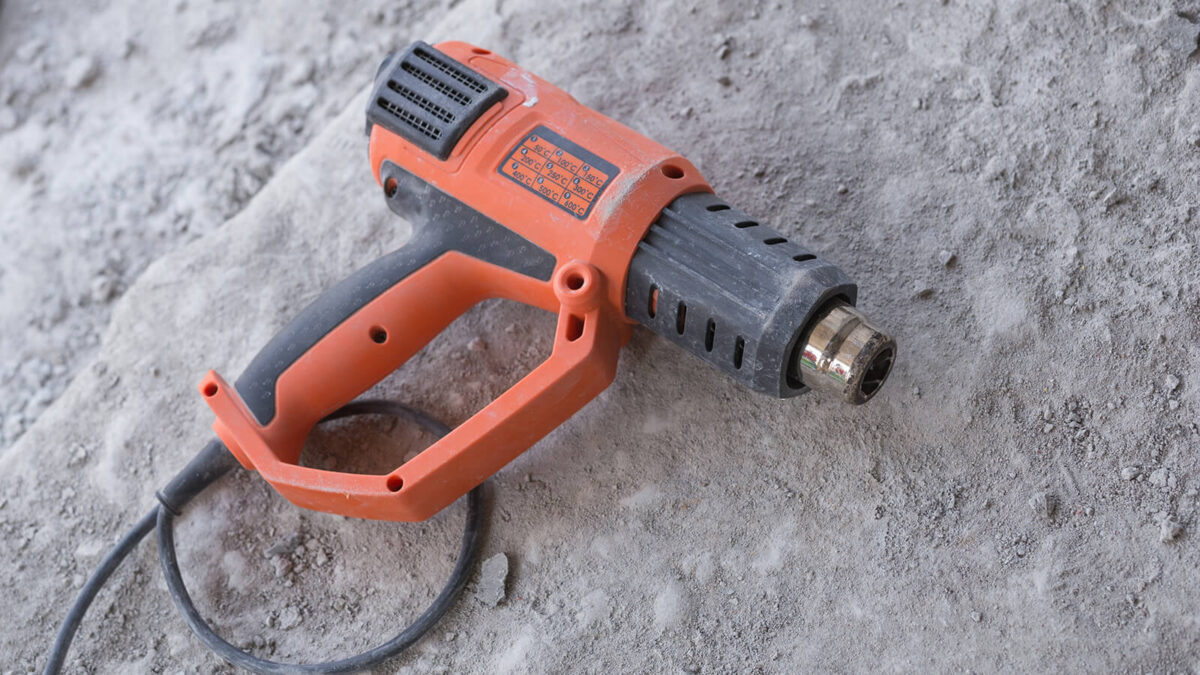A quick way for wire harness manufacturers to improve safety conditions is by using heat guns with Insulon safety guards. The wire harness manufacturing process relies on heat guns to deliver high temperature air to target areas. These hot air tools reach extremely high temperatures, and accidental skin contact with the nozzle can result in severe burns.
Insulon safety guards decrease the risk and severity of burns by thermally insulating the high temperature nozzle. The safety guards also help protect neighboring components from accidental heating and melting. Concept Group has retrofitted Steinel HG 2320 E and Milwaukee 8975-6 heat guns with Insulon safety guards for industrial strength protection for wire harness manufacturing.
How are wire harnesses manufactured?
The wire harness production process is largely done via manually assembly due to the delicate procedures of wire stripping, cutting, and terminating. Preparation and assembly are carefully performed according to detailed wire harness design diagrams that can range from simple to complex. While the main components are straightforward, comprised of wires, connectors, and terminals, the type of wire harness material varies depending on application differences in voltage, temperature, number of conductors, etc. Wire harness materials include PVC, vinyl, thermoplastic elastomer, polyurethane, polyethylene, and more.
Each step of the way, wire harness manufacturers closely follow customer specifications (if available) and/or industry-standard quality guidelines. The IPC/WHMA-A-620 Requirements and Acceptance for Cable and Wire Harness Assemblies standard is the main reference document in North America. It covers a wide range of elements, such as electrostatic discharge, conduit installation and repairs, crimping, pull-test requirements, and other critical operations associated with the production and function of cable and wire harnesses. with updates made as changes occur in the electronics manufacturing industry or technology. (Note: The IPC standards differ based on a product’s classification.)
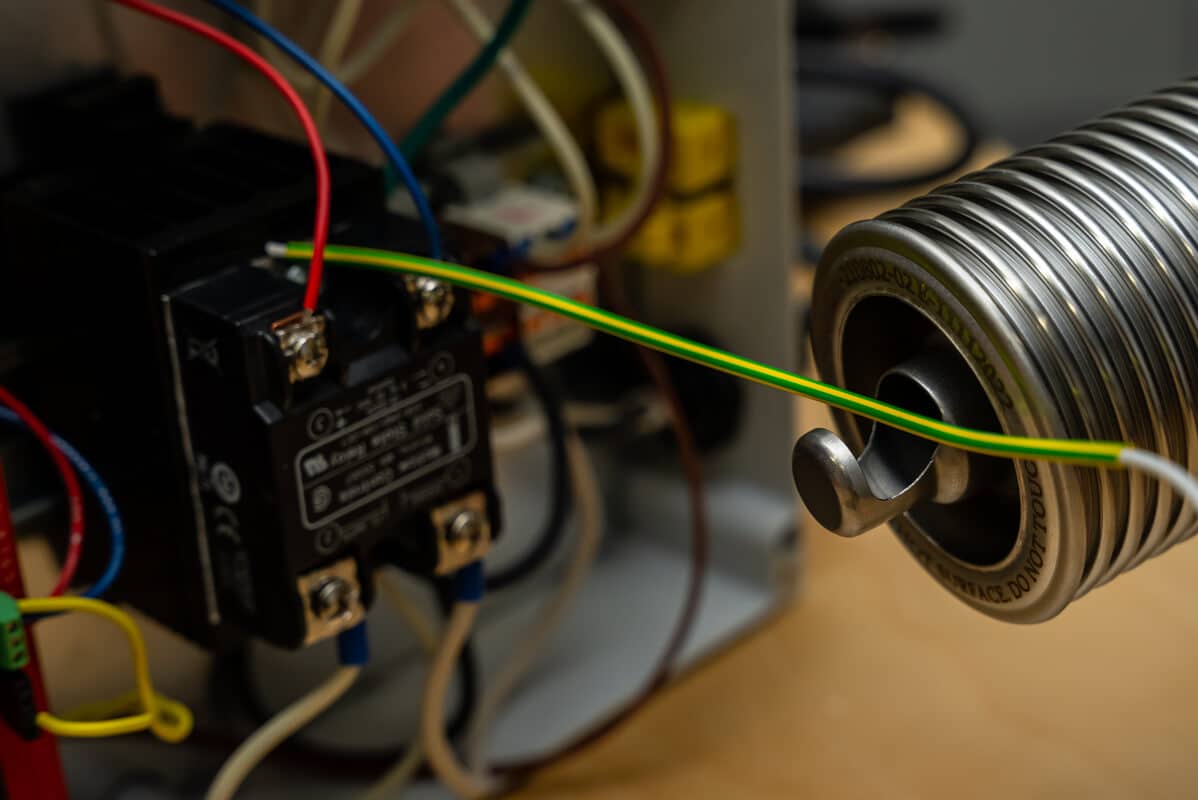
In some cases, prototypes are built beforehand to minimize downtime. Regardless, the manufacturing process is not complete until cable harnesses are tested for physical strength, as well as measurements of the electrical signal (conductivity) running through the wires. As industrial heat guns are key to the creation and repair of wire harness assemblies, quality and safety concerns also apply to these hand-held hot-air tools.
Safety considerations in wire harness manufacturing
Nowadays, there is increased awareness of safety in the workplace with a focus on zero incidents, and wire harness manufacturing facilities are no exception. There can be risk of exposure and accidents related to electrical safety, heat gun safety, and manufacturing safety in these work environments. Safer heat guns can help wire harness manufacturers improve personnel safety on the production floor, where human interaction with equipment is required (as opposed to automated processes in other manufacturing jobs).
If you are a safety professional, shop manager, or operator who works in wire harness manufacturing, you need to know there is a safer heat gun solution. Concept Group can assist with upgrading to the new standard in heat gun safety — Insulon safety guards — the first heat gun nozzle guards engineered with Insulon vacuum insulation for maximum thermal protection.
Shop now →
- Protect Personnel with Insulated Heat Gun AttachmentsPersonnel protection in manufacturing plants just got better with safer heat guns. Concept Group now retrofits Steinel and Milwaukee brand heat guns with Insulon safety … Read more
- What are heat guns used for?Popular Uses for Heat Guns Household Uses In the household, DIYers often use small, cordless heat guns for a variety of projects. Common uses include … Read more

